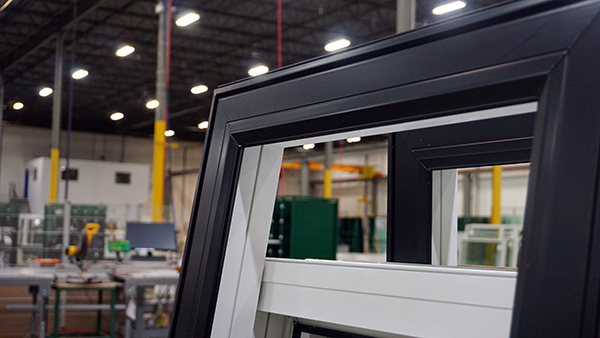The wide range of windows that the market offers today makes it somewhat difficult to choose. It may be challenging for an uninformed person to choose, for example, between aluminum and vinyl or wood and fiberglass. Each material has its own advantages and disadvantages that you should know of so that you can choose the best option. In this article, we will discuss the materials, their pros and cons.
What is used in the production of windows today?
Customers often wonder whether they need a window of classical wood or reliable vinyl, durable aluminum, or super-strong fiberglass, or maybe take the profile of a combined material. Such questions arise all the time. Among the basic materials used today to produce windows are:
- Wood.
- Aluminum.
- Fiberglass.
- Vinyl.
Let’s look at the pros and cons of each.
Wooden windows
Today’s wooden windows are somewhat different from those used in the second half of the last century: they look different and are produced under different technologies. These days, they use glued laminated beams made of different types of wood.
To prolong the life of wooden windows and preserve their appearance, specialists treat them with special solutions. Such constructions become less prone to rot when exposed to moisture and are more fire-resistant.
Wooden windows are nice to look at, they are solid and eco-friendly. The only downside of a truly high-quality wood profile is the high price.
Aluminum windows
Aluminum profiles have been used primarily in administrative and industrial buildings. However, the reduction in production costs due to technology development has made it possible to use windows made of this material in private buildings.
Key advantages of aluminum profiles are:
- Resistance to mechanical loads.
- Durability.
- High strength.
- Corrosion resistance.
Besides, you can make windows of the most bizarre forms and colors from aluminum, which broadens the design possibilities.
Its main disadvantage is poor thermal and sound insulation, which sometimes overshadows all the advantages.
Fiberglass
It is a rather new material in window profile production. Sure, it was invented long ago and has been used in other industries, but it required certain technologies to produce the windows, which have only recently emerged.
Advantages of fiberglass:
- It is not reinforced with metal, which simplifies the production technology, making the material resistant to temperature fluctuations and deformations.
- It is distinguished by high fire resistance, meaning it does not burn out when exposed to sunlight.
- It does not rust in high humidity.
But it also has a few disadvantages. The chambers of such finished structures are smaller, which requires using additional insulation inside the profile, such as foam polystyrene, to improve the thermal insulation characteristics. Besides, fiberglass is more expensive than base plastic and has limitations for the production of the roll-formed sections. Moreover, the fasteners used tend to loosen over time if the window elements are connected.
Let us dwell on vinyl windows, probably the most popular material used today for window production.
Advantages and differences of vinyl windows
In the manufacture of vinyl structures, polyvinyl chloride (PVC) is used, which refers to a group of synthetic plastic polymers produced chemically. PVC profiles prove to be very popular due to their many advantages:
- Unchanged appearance. Vinyl windows have not lost their popularity over the years; their color has not changed, they do not crack when exposed to frost, in contrast to, for example, wooden structures, the design of which changes in 2-3 years after installation, and not for the better.
- The possibility of achieving different textures. Advanced technology in the production of vinyl windows helps create a surface that closely resembles the texture of wood.
- Affordable price. Using PVC when making window structures can significantly reduce the product price when compared with aluminum, wood, and fiberglass counterparts.
- No need for care. For the entire time of service, the only care that vinyl products need is cleaning, unlike the same wooden structures, which need to be varnished once every 3-5 years.
- Great thermal insulation. PVC windows are made multi-chambered, which increases their thermal insulation and makes wooden, aluminum, and fiberglass windows no competitors in this regard. Vinyl profiles also use two-leaf draught strips that improve air-tightness.
They are easy-to-use and available in a variety of colors. Among the disadvantages, we can mention greater weight compared to aluminum and wood structures and low modulus of elasticity.
As you can see, the manufacture of windows involves the use of different types of materials, each with its own advantages and disadvantages. Therefore, you should carefully study the information on each one and choose the best possible solution for your needs before buying.

